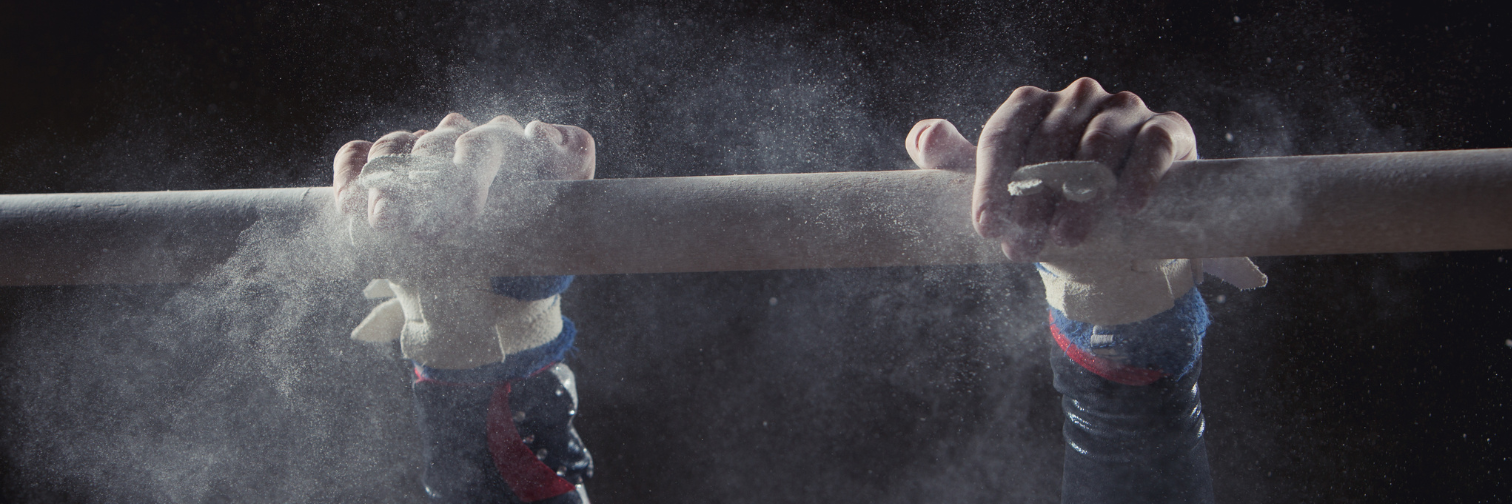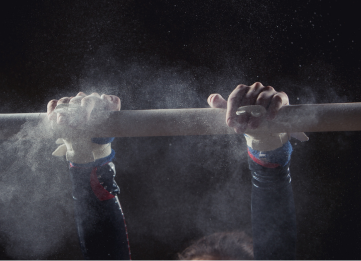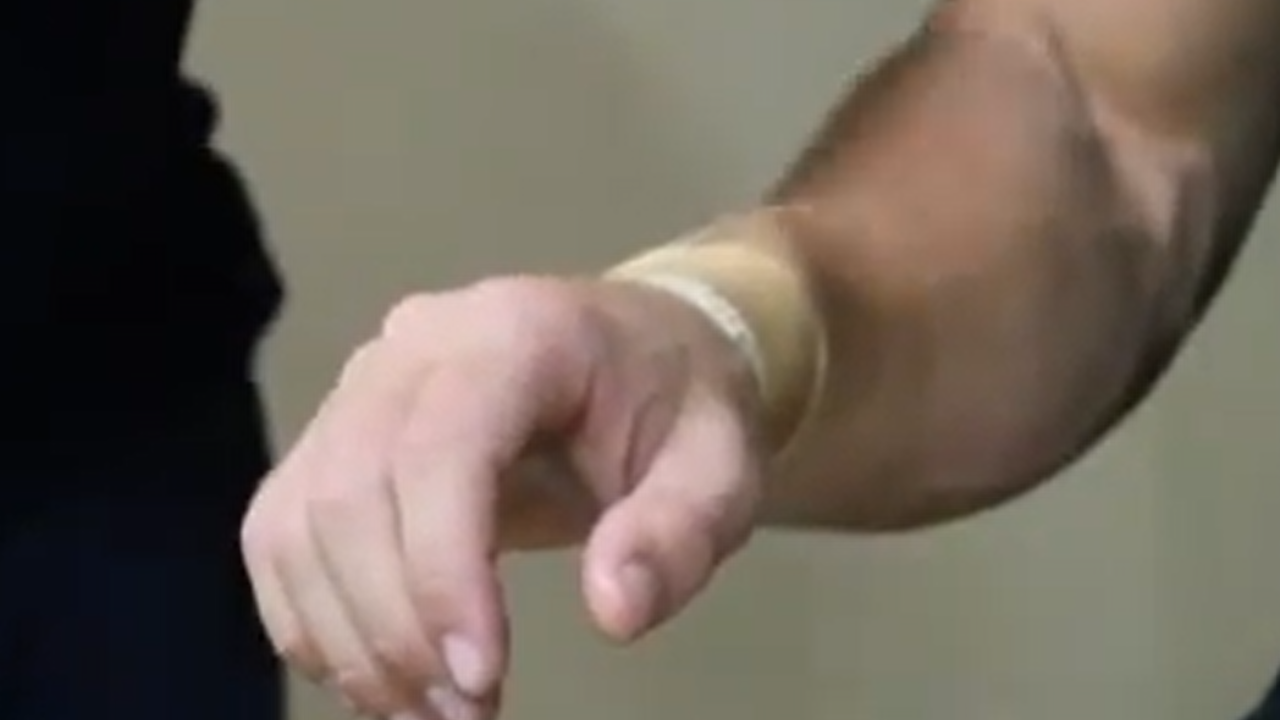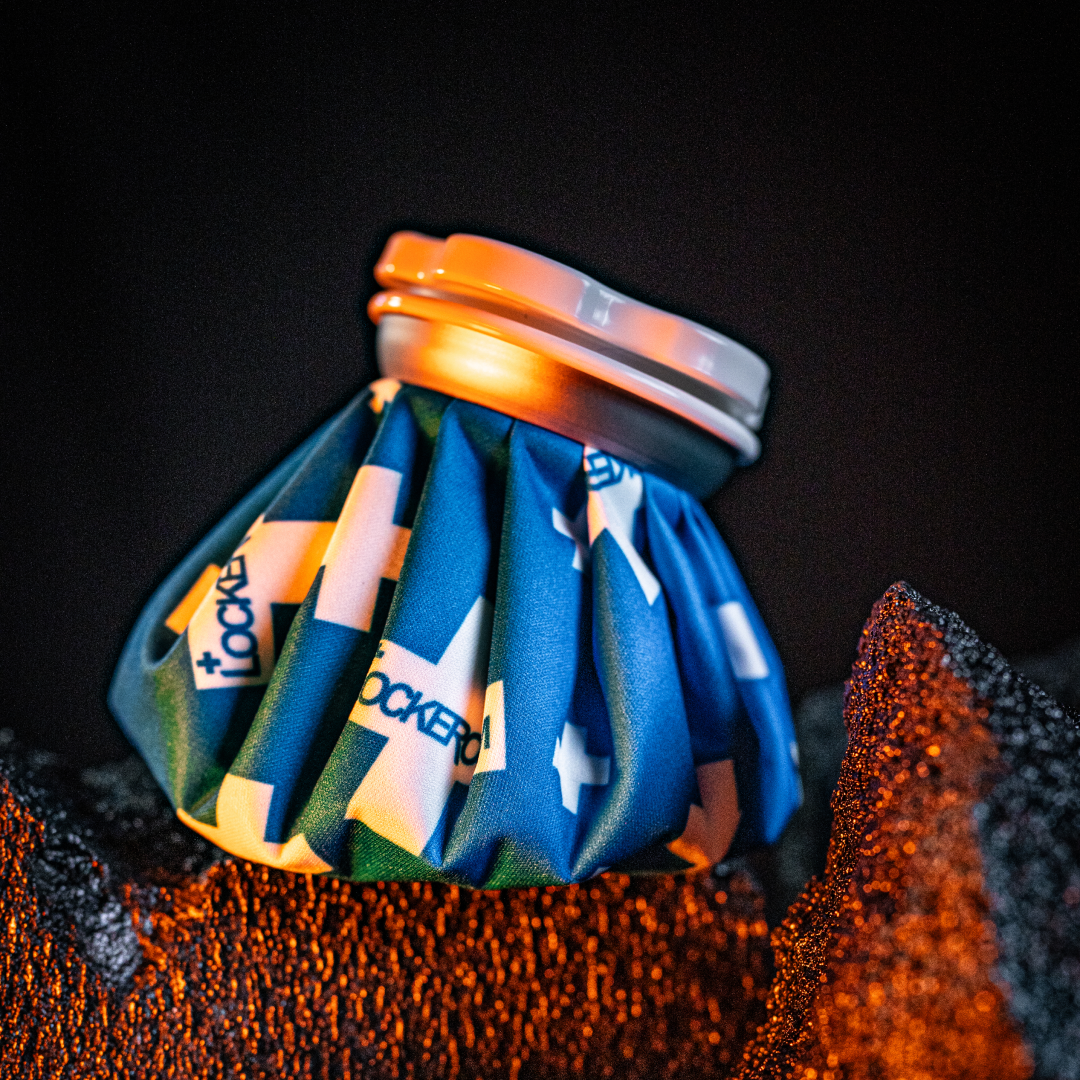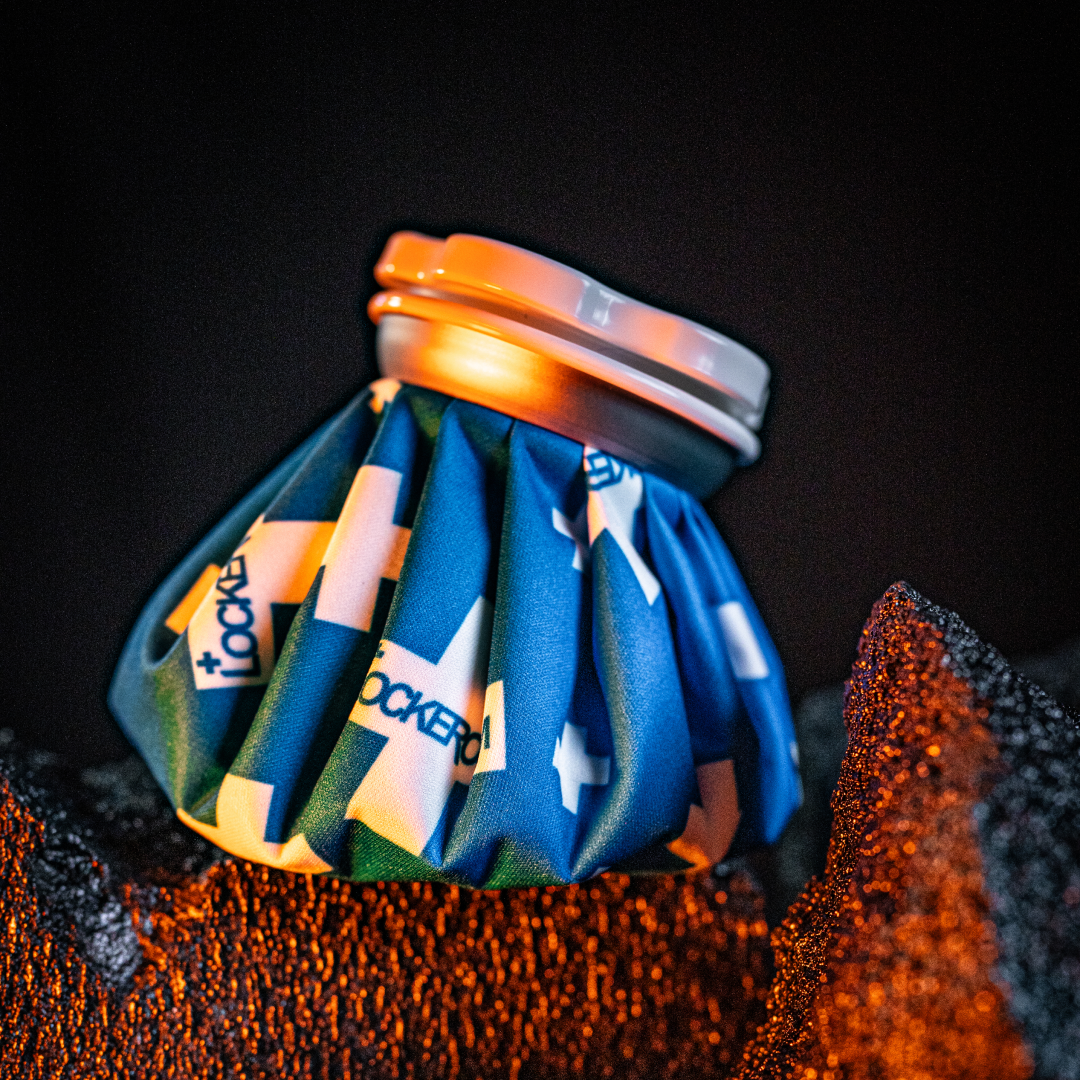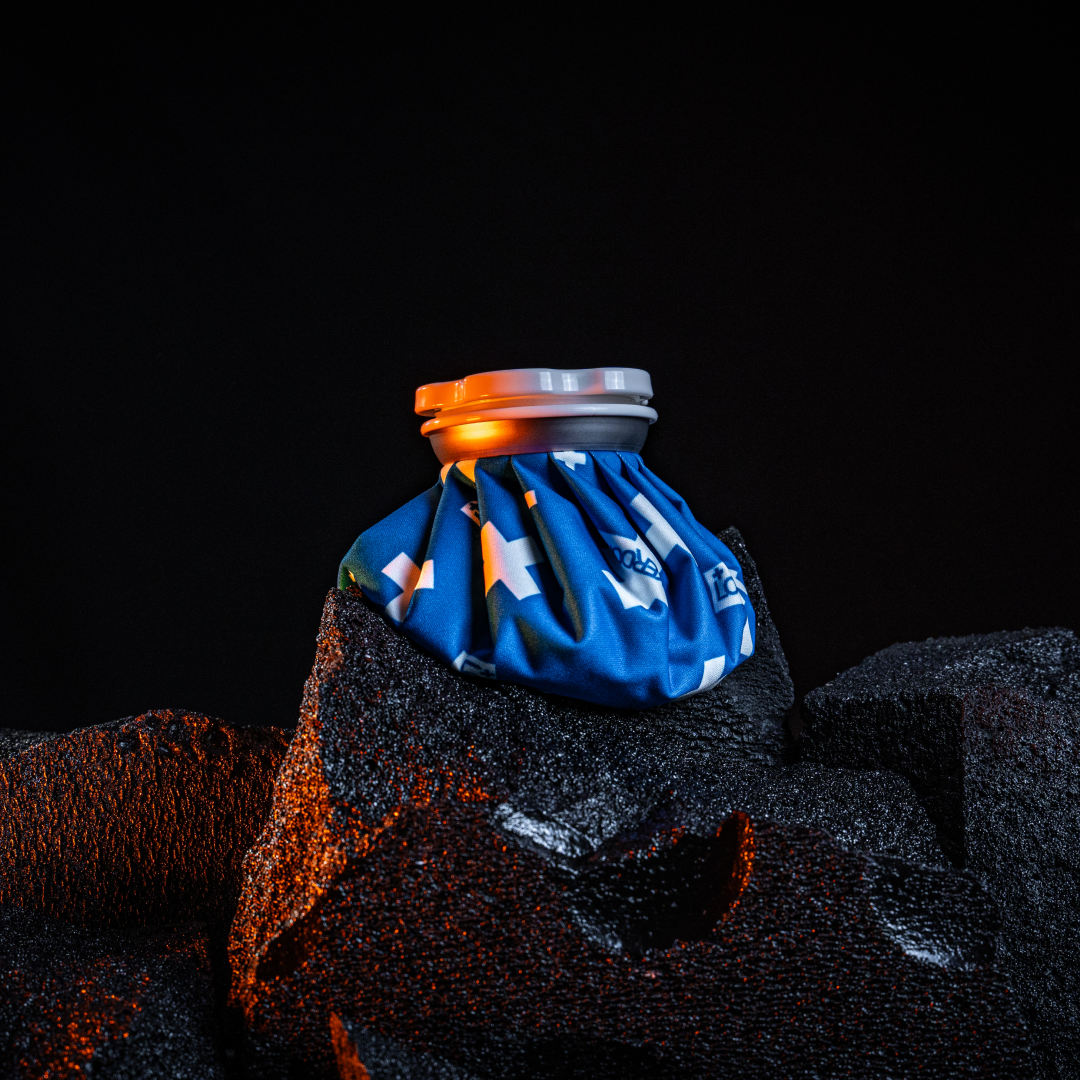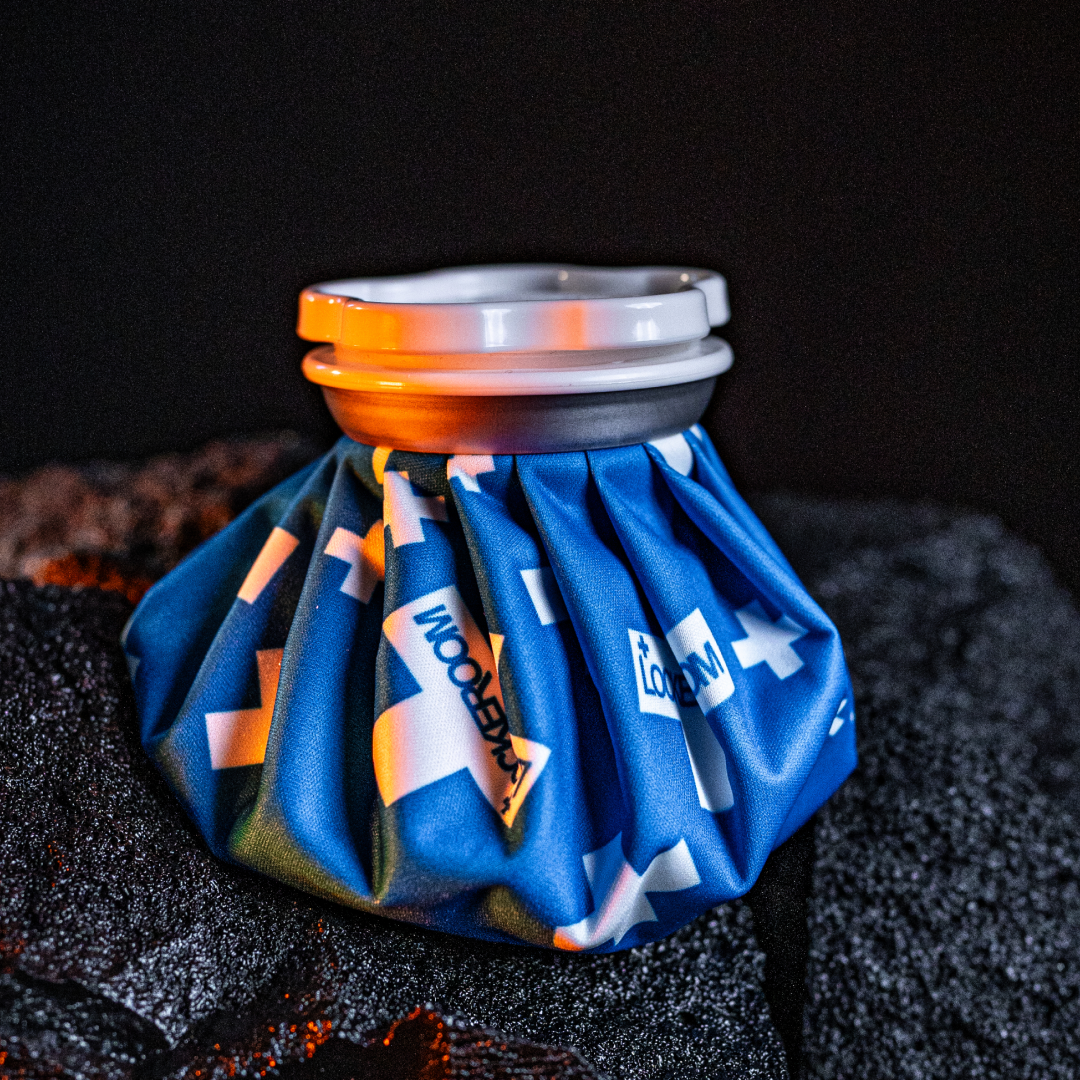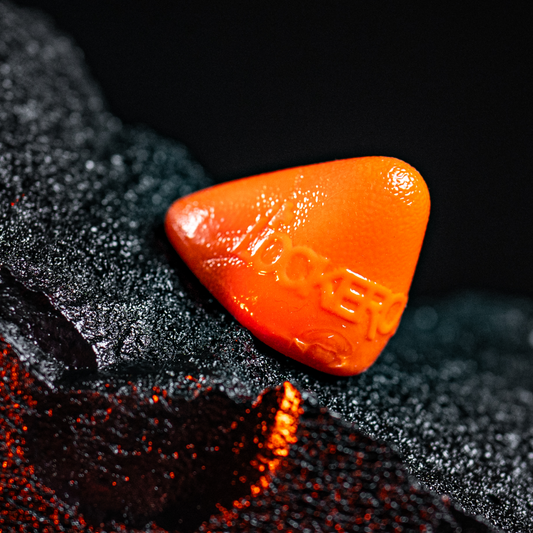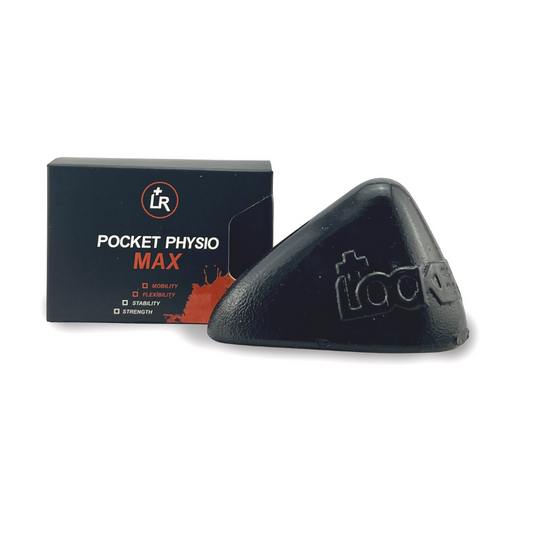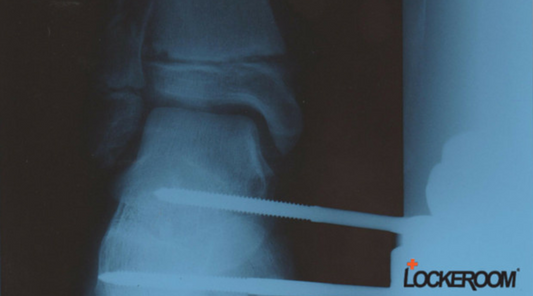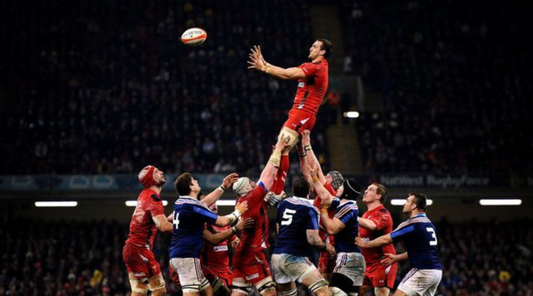
Q&A with Cam
Learn what might be behind your symptoms
What is the most common way people hurt their wrist?
Falling onto an outstretched hand!
Anyone can suffer a wrist sprain if they trip or fall and use their hand to protect themselves and help break their fall. Common Injuries may involve fractures of the distal Radius or Ulnar or Scaphoid bone
The scapho-lunate ligament is the most frequently injured ligament in the wrist, so is a common cause of wrist ‘sprains’. They often result from falls on an outstretched arm and can lead to pain, swelling, and reduced wrist function.
A significant injury can alter the way the small bones of the wrist interact, and this can lead to cartilage wear and osteoarthritis.
For any wrist injuries, it is essential to seek a medical diagnosis as soon as possible. Recovery may involve immobilization with a brace or plaster cast (or surgical intervention if the injury is severe) and a tailored rehabilitation plan to restore function and prevent further injury.
What kind of trauma injuries can occur in the wrist?
Trauma injuries in the wrist can vary in type and severity, each with distinct symptoms and treatment approaches:
- Fractures: The wrist is prone to fractures, particularly of the scaphoid bone, often resulting from a fall on an outstretched arm or a direct impact, such as punching. Symptoms typically include localised pain, swelling, and tenderness. Treatment usually involves immobilisation with a brace or plaster cast, and in some cases, surgical intervention may be necessary.
- Cartilage Tears: Injuries to the cartilage, such as tears in the Triangular FibroCartilage Complex (TFCC), can occur due to falls on the hand or wrist, twisting injuries (e.g., a drill bit catching), or a fracture at the end of the radius. Symptoms include pain on the ulnar side of the wrist, swelling, and limited range of motion. Treatment may involve rest, immobilisation, and possibly surgery, depending on the severity of the tear.
- Scapho-Lunate Injuries: These injuries often result from falls on an outstretched arm and can lead to pain, swelling, and reduced wrist function. Treatment may involve bracing, physical therapy, or surgical intervention if the injury is severe.
- Carpal Tunnel Syndrome: This condition is caused by pressure on the median nerve within the carpal tunnel of the wrist, often exacerbated by factors like wrist fractures, genetic predisposition, repetitive work demands, or using vibrating tools. Symptoms include pain, numbness, tingling, weakness, or muscle damage in the hand and fingers. Treatment generally involves addressing the underlying cause, using a brace to immobilise the wrist, and possibly surgery to relieve nerve pressure.
For any of these injuries, it is essential to seek a medical diagnosis as soon as possible. Recovery may involve immobiliation with a brace or plaster cast, and a tailored rehabilitation plan to restore function and prevent further injury.
What is Carpal Tunnel Syndrome and who is most likely to get it?
Carpal tunnel syndrome is caused by pressure on the median nerve within the carpal tunnel of the wrist, often exacerbated by factors like wrist fractures, genetic predisposition, repetitive work demands, or using vibrating tools.
Symptoms include pain, numbness, tingling, weakness, or muscle damage in the hand and fingers. Treatment generally involves addressing the underlying cause, using a brace to immobilize the wrist, and possibly surgery to relieve nerve pressure.
To manage pain and support recovery, applying ice to the affected area can be beneficial. Additionally, incorporating strengthening exercises for the forearm muscles, such as the Pocket Physio Squeeze and Pocket Physio Twist, helps improve muscle strength and support the healing process.
Return To Play (RTP) Recovery time expectations for wrist injuries
The return to play timeline will vary depending on the nature and severity of the pathology. For individuals who have undergone surgery, the recovery period typically ranges from 4 to 6 months.
In the case of sprains, the return to play is generally expected within 4 to 6 weeks, while minor sprains may allow for a return in as little as 1 to 2 weeks. It is crucial to follow a tailored rehabilitation plan and consult with a healthcare professional to ensure a safe and effective return to activity.
